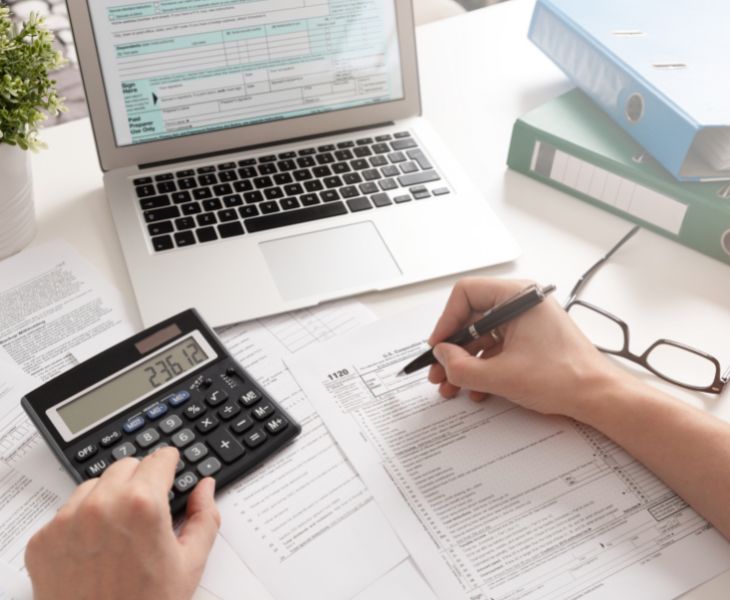As we near the end of another financial year, people are starting to think about expenses and what they can claim on their tax return. For those working from home, the Australian Tax Office (ATO) has recently brought in changes to how people can claim after consultation late last year. The ATO claims that the new changes “better reflect contemporary working from home arrangements”, although critics say that changes announced so late in the financial year present confusion.
New ways of calculating work from home expenses
For those completing their tax return 1 July 2022 – 30 June 2023, there are now two ways to claim working from home expenses. While previously this could only be done with a dedicated home office set up, this is no longer the case, acknowledging the fact that flexible arrangements mean that employees work from a range of spaces.
(Revised) Fixed rate method
The original fixed rate method of 52 cents per hour has now been revised upwards, with workers able to claim 67 cents for each hour worked. This new 67 cent rate includes additional expenses incurred for home and mobile internet data, phone usage, electricity and gas, and stationery or other items required for work, such as printer ink or paper.
Separate to this inclusive rate, further deductions for home office furniture or technology can be claimed, as well as for the decline in value of depreciating assets over $300.
Actual cost method
If you are a super organised person, keep an accurate diary and are known to save all your WFH-related receipts, the actual cost method may be for you. Rather than bundling all expenses under a fixed-rate banner, if you have the evidence, you are able to claim exact amounts for data, phone use, stationery, computer accessories, the decline in value of depreciating assets, and even home office cleaning. This can come out at better than 67 cents per hour, which is why some see it as preferable way to file their tax claim.
Shortcut method no longer applies
The shortcut method, which was introduced in March 2020 with the Covid pandemic, allowed workers to claim 80 cents per hour. While this rate was higher than the fixed rate method, it included the depreciation of home office furniture and technology—a new office chair or monitor couldn’t be claimed separately. As of 30 June 2022, the shortcut method no longer applies.
Are the WFH tax changes a good thing?
The ATO states that the introduction of the new revised fixed rate method takes out the hassle of calculating phone, internet, and electricity expenses, making it easier for working Australians to lodge their tax return. However, a recent article by the ABC references the Director of Tax Communications at H&R Block, who says that having the majority of work-from-home expenses included in the one rate can actually lead to lower returns for workers.
There is also criticism over the fact that these changes have been brought in halfway through the tax year, with requirements that people didn’t necessarily know they needed to abide by.
In sum, there is no definitive answer to whether the changes are good (beneficial) or bad (result in less money back)—rather, it comes down to how meticulous your record keeping is and what your expenses actually are.
Which records should you keep?
Both the actual cost and fixed rate method require documentation to show the hours worked from home. These could take the form of timesheets, rosters, logs of time spent accessing employer or business systems, or a diary for the full year, provided they are recorded as they occur.
From 2023 onwards a full diary needs to be kept if using the fixed rate method. For those using the actual cost method (or those retroactively applying the fixed rate method to activities in 2022), a representative four-week sample of a work-from-home schedule is acceptable.
Lastly, as with all other years, any receipts for technology and other goods related to remote work should be kept as you may be able to claim their depreciation as part of your tax return.
Visit the ATO for up-to-date information
While this has been a short summary of the biggest changes to affect individual workers, there is, of course, much more information to navigate, especially if you are choosing to submit your own tax return rather than go through an agent. For the most up-to-date and detailed information, visit the website of the Australian Taxation Office.

